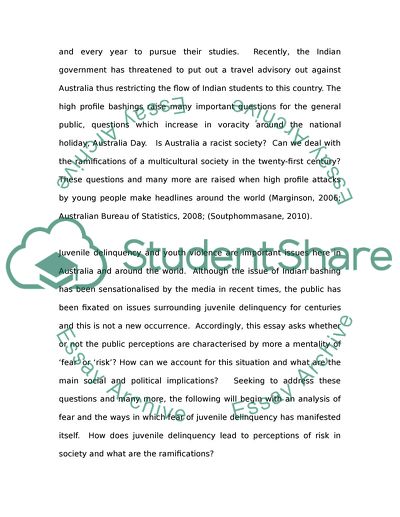Cite this document
(“Public Perceptions and Mentality of the Society Essay”, n.d.)
Public Perceptions and Mentality of the Society Essay. Retrieved from https://studentshare.org/social-science/1562113-2examining-a-specific-issue-or-event-are-public-perceptions-characterised-by-more-a-mentality-of-fear-or-risk-how-do-you-account-for-this-situation-and-what-do-you-see-as-some-of-the-main-social-and-political-implications
Public Perceptions and Mentality of the Society Essay. Retrieved from https://studentshare.org/social-science/1562113-2examining-a-specific-issue-or-event-are-public-perceptions-characterised-by-more-a-mentality-of-fear-or-risk-how-do-you-account-for-this-situation-and-what-do-you-see-as-some-of-the-main-social-and-political-implications
(Public Perceptions and Mentality of the Society Essay)
Public Perceptions and Mentality of the Society Essay. https://studentshare.org/social-science/1562113-2examining-a-specific-issue-or-event-are-public-perceptions-characterised-by-more-a-mentality-of-fear-or-risk-how-do-you-account-for-this-situation-and-what-do-you-see-as-some-of-the-main-social-and-political-implications.
Public Perceptions and Mentality of the Society Essay. https://studentshare.org/social-science/1562113-2examining-a-specific-issue-or-event-are-public-perceptions-characterised-by-more-a-mentality-of-fear-or-risk-how-do-you-account-for-this-situation-and-what-do-you-see-as-some-of-the-main-social-and-political-implications.
“Public Perceptions and Mentality of the Society Essay”, n.d. https://studentshare.org/social-science/1562113-2examining-a-specific-issue-or-event-are-public-perceptions-characterised-by-more-a-mentality-of-fear-or-risk-how-do-you-account-for-this-situation-and-what-do-you-see-as-some-of-the-main-social-and-political-implications.


